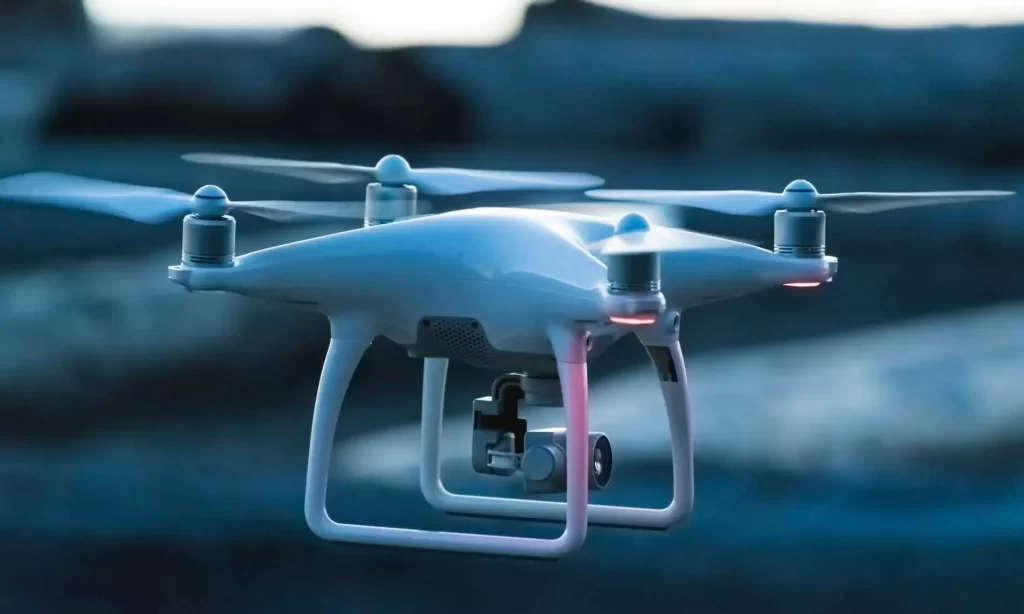In recent years, drones have emerged as revolutionary tools that are transforming various industries, and one area where their impact is particularly noteworthy is in streamlining industrial inspection processes. Traditionally, industrial inspections have been time-consuming, labor-intensive, and often dangerous endeavors, requiring skilled personnel to physically access remote or hazardous locations. However, with the advent of drone technology, these challenges are being swiftly overcome, ushering in a sweeping overhaul of inspection procedures across a range of sectors. One of the primary advantages of using drones for industrial inspections is their ability to access hard-to-reach or hazardous areas with ease. In sectors such as oil and gas, power generation, and infrastructure, there are many locations that are difficult or risky for humans to inspect, such as towering wind turbines, offshore oil rigs, and high-voltage power lines. Drones equipped with advanced cameras, sensors, and even thermal imaging capabilities can fly into these areas, capturing high-definition images and data without risking human lives. This not only enhances safety but also significantly reduces downtime by eliminating the need to shut down operations for inspection.

Moreover, the speed and efficiency of drone inspections are unparalleled. In the past, inspections might require shutting down equipment, erecting scaffolding, or even utilizing rope access techniques. These methods often translated to hours or even days of work. Drones, on the other hand, can perform inspections in a fraction of the time. Automated flight paths and advanced imaging technologies allow drones to rapidly scan large areas, capturing detailed visual data that can be analyzed later. This expeditious process accelerates decision-making, maintenance, and repairs, contributing to enhanced operational efficiency. The data collected by drones during inspections is another valuable asset that fuels this sweeping overhaul. This wealth of information can be used to detect anomalies, assess structural integrity, monitor wear and tear, and predict potential failures. Machine learning algorithms can be applied to this data, enabling predictive maintenance strategies that minimize downtime and reduce overall maintenance costs. As industries embrace the integration of drones into their inspection workflows, skilled personnel who once performed perilous tasks are now able to focus on higher-level analysis and decision-making.
This transition not only enhances job satisfaction and safety but also fosters a more productive workforce. However, it is important to acknowledge that the adoption of drone technology for industrial inspections is not without its challenges. Regulatory issues, data security concerns, and the need for specialized training are factors that must be carefully navigated ats lab. Additionally, ensuring the reliability and accuracy of drone-collected data remains crucial, as erroneous assessments could have serious consequences. In conclusion, the sweeping overhaul driven by drones in industrial inspection processes is revolutionizing the way industries approach maintenance, safety, and operational efficiency. By enabling access to remote and hazardous areas, expediting inspections, and providing valuable data insights, drones are proving to be essential tools for the modern industrial landscape. While challenges persist, the potential benefits make it clear that drones are here to stay, fundamentally transforming the way industries inspect and maintain their critical assets.